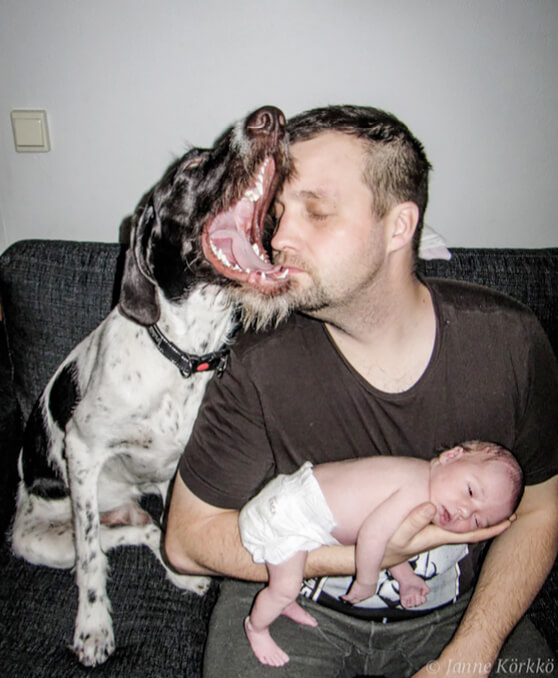Photography means more to me than just doing it: it is as important as breathing and living. I switched in documentary shooting 10 years ago. Image has always been an important form of narrative but I wanted it to show the touch of life and humanity that define my ideas. Socially important and difficult topics that are approachable make me work. I feel I have a mission. I am proud and humbled as well as grateful. Things that have touched me, touched them, too. That is the stories, the interaction with people that developed to the eye to see.
Night River
We need to understand where we are and how we got here. Once we are clear on these issues we can move forward... (Thomas Berry) Rivers have river rights as well as humans have human rights. People, communities, environments, and nature have deep interrelated connection. A connection that is more complex than an ownership of land, a fishing permit, a cottage on the riverside, or a beautiful sundown on the opposite shore of the river.
The name of the river in these photos is Iijoki. The name comes from an ancient word of Sami ('iddja', 'ijje'), which means 'night'. So, the name of this river is Night. Night-River flows through Yli-Ii, the riverside village, which belongs now to bigger city of Oulu. It means that there are no public services any more. The village is disappearing.
Night-River is full of songs of memories, and its riverbanks are full of people with these memories. Some of them are sacred, silenced, or even untold. Usually it seems that nobody wants to remember the song of the unforgotten village - and the blocked river. But some of the songs are still alive, or they are waking up through the people, who are starting to re-member the song of the wild, free-flowing river.
The landscape of the village, and the diversity and ecology of native nature, changed totally during the 1960s, when the river was dammed - and there were built many hydroelectric power-plants in it. The damming of the river was one of the biggest eco catastrophes in the area of North Finland. But it was also catastrophic for the whole society of the village and its families in many - maybe still unidentified and unconscious - ways. Nowadays the eco catastrophes is still going strong - in clearcutting and swamp ditching. But the second longest river in Finland - with its 150 rapids - is still alive under all the constructions, destructions of riverbeds, and hydroelectric dams. It lives also in peoples' minds and bodies, in their eyes and destinies, and maybe in their most hidden memories. It is singing its unique song. "Virpi Alise Koskela"
